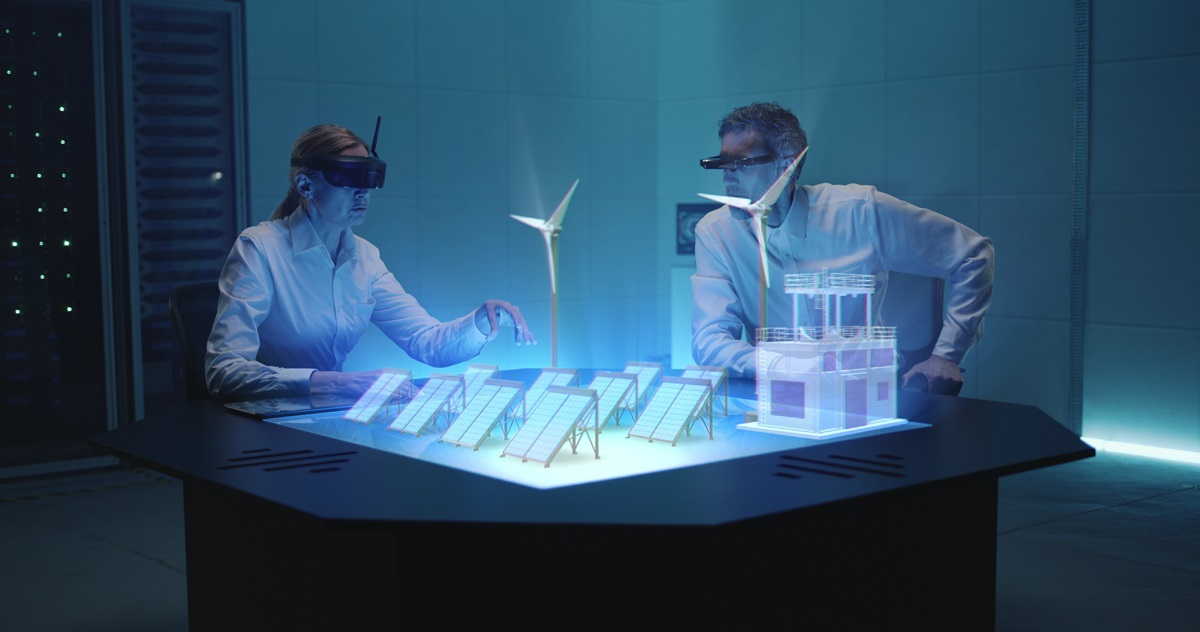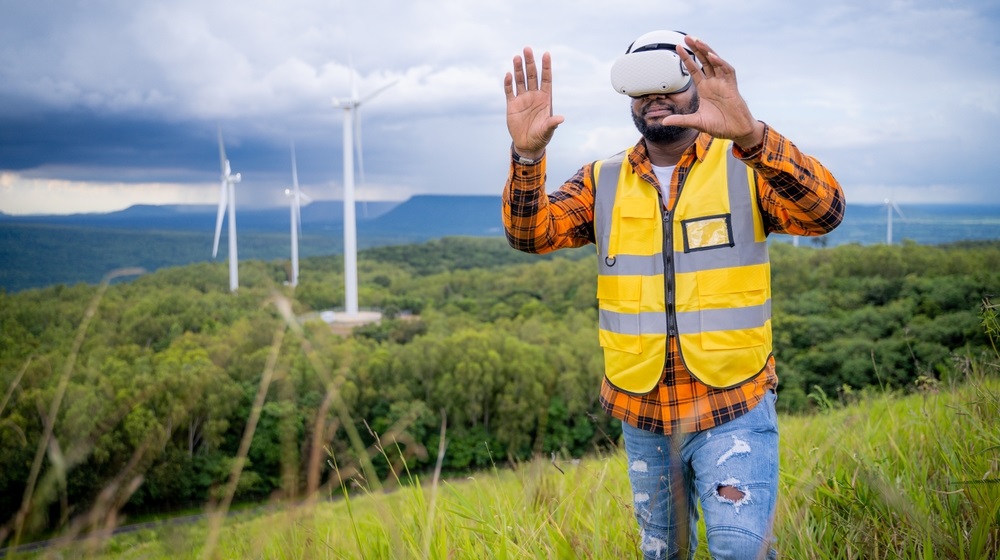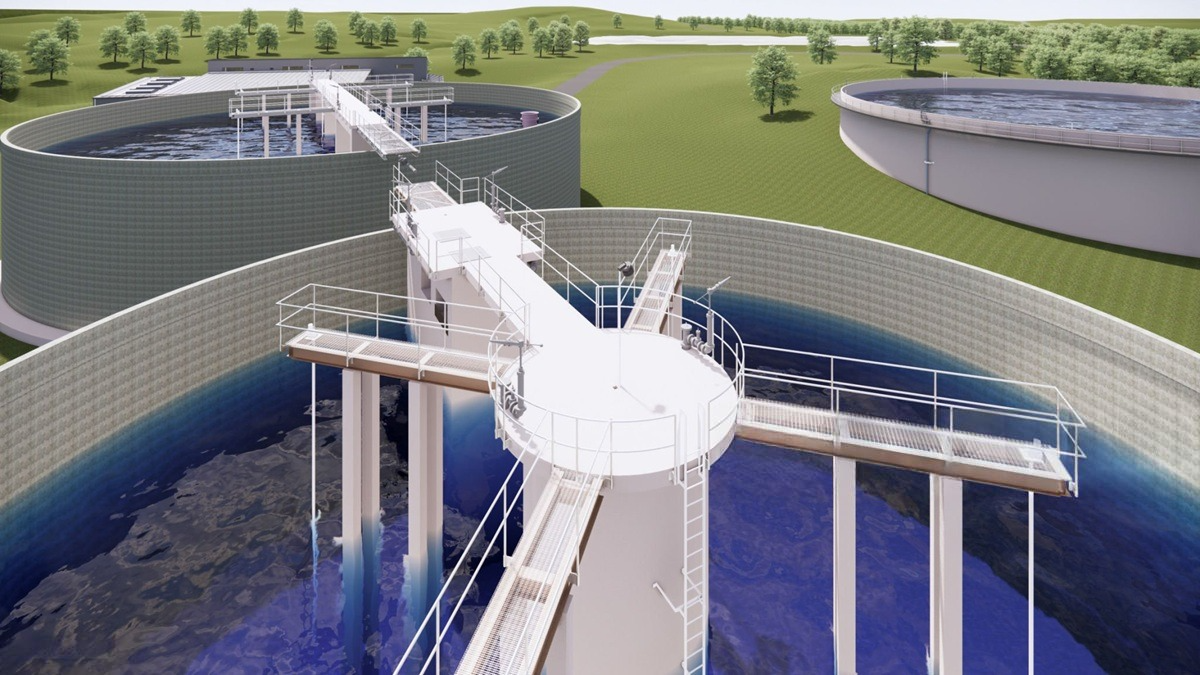VR for Environmental Engineering: Modeling a Greener Tomorrow

The world without engineering is so scary to imagine. It is a field that is responsible for making our lives easier and better. But this field is not restricted to complex pieces of machinery or electrical wires.
Environmental engineering, a crucial subset, focuses on preserving and improving the health of our planet by evaluating and analyzing the impact of human activities on the environment.
It includes tackling issues related to pollution, waste management, water resources, and sustainable development. The engineers have to analyse the data and design solutions that promote environmental sustainability, aiming to strike a balance between human activities and the natural world.
However, traditional methods of environmental engineering analysis often struggle to provide the necessary accuracy and efficiency required for such complex assessments.
In recent years, VR engineering has brought environmental science to life. With the use of virtual reality, engineers are provided with an immersive and interactive experience that allows them to explore and understand environmental issues in a new and unique way.
In this blog, we will explore the various applications of VR in environmental science, and how it is changing the way we approach environmental research and education.
VR Applications in Environmental Engineering Research
The immersive and interactive nature of VR opens up new avenues for understanding, exploring, and addressing complex environmental issues.
✔️ Field Work Simulation
The practical application of theoretical knowledge is one of the significant challenges that engineers face while conducting in the field.
Immersive technologies in higher education address this challenge by providing a simulated environment where researchers can conduct experiments, test hypotheses, and troubleshoot potential issues.
This not only enhances the practical skills of budding environmental scientists but also significantly reduces the time and costs associated with traditional fieldwork.
From studying ecosystems to assessing the impact of pollution on water bodies, researchers are allowed to replicate real-world scenarios, in a controlled VR environment.
Not only this, they can also go for a virtual reality industrial visit without stepping outside their labs.
This application is particularly beneficial in training the next generation of environmental scientists, allowing them to gain hands-on experience in a risk-free virtual space.
✔️ Public Engagement
Effective communication of environmental research findings is crucial for fostering public understanding and support. However, this is restricted to a certain limit because of traditional approaches.
As a solution to this concern, VR serves as a powerful tool for public engagement, enabling researchers to convey complex concepts in an accessible and engaging manner.
By creating immersive experiences, VR allows the students to step into the shoes of scientists, experiencing the consequences of environmental changes firsthand.
This can range from witnessing the effects of deforestation to understanding the dynamics of climate change. The visceral impact of these experiences enhances public awareness and empowers individuals to make informed decisions about environmental issues.
Moreover, VR for higher education facilitates virtual public forums where budding researchers can interact with diverse audiences, gather feedback, and incorporate public perspectives into their studies.
This collaborative approach strengthens the bond between researchers and the communities affected by environmental challenges.
Incorporating VR into public engagement strategies not only educates but also inspires action, encouraging individuals to actively participate in environmental conservation efforts.
Applications of VR in Improving Environmental Engineering

Environmental Impact Assessment (EIA) - Assessing the potential impact of human activities on the environment is a critical aspect of environmental engineering.
The integration of Virtual reality in environment engineering provides a dynamic platform for visualizing and simulating various scenarios, allowing engineers to assess the environmental repercussions of proposed projects.
Through VR, engineers can explore the consequences of large-scale infrastructure developments, mining operations, or urban expansion.
This not only streamlines the decision-making process but also ensures that environmental considerations are integral to the project design from its inception.
✔️ Air Quality Management
In terms of air quality management, VR for environmental engineering offers a unique perspective by allowing engineers to visualize air pollution control systems in action.
By immersing users in a virtual environment, VR enables the assessment of air scrubbers, filters, and other control mechanisms in a detailed and interactive manner.
Moreover, VR fluid visualizations can play a crucial role in understanding the movement of airborne pathogens. This has significant implications for public health, particularly in the context of diseases such as Covid-19 and influenza.
The ability to simulate and analyze air quality scenarios empowers environmental engineers to design more effective and targeted solutions.
✔️ Water Management
Water is a precious resource, and its management is central to environmental sustainability. VR applications in water management allow engineers to simulate and analyze the impact of various systems, such as flood control mechanisms, drought management strategies, and water supply infrastructure.
By virtually modelling these scenarios, engineers can optimize water management solutions, ensuring efficient utilization of water resources while mitigating the impact on ecosystems.
The ability to visualize and interact with these systems in a virtual space enhances the precision and effectiveness of water management strategies.
✔️ Waste Management
Waste management is a critical facet of environmental engineering, and VR provides a valuable tool for designing and optimizing waste management systems.
From landfills to recycling facilities, engineers can use VR to visualize and evaluate the efficiency of different waste management processes.
The virtual representation of waste management facilities allows for detailed analysis and optimization, minimizing environmental impact and maximizing resource recovery.
This application not only contributes to sustainable waste management practices but also facilitates the development of innovative solutions for handling various types of waste.
VR for Climate Data Visualizations
VR allows researchers to visualize large amounts of environmental data in a more interactive and immersive way. This capability aids researchers in gaining new insights into environmental phenomena and making more informed decisions.
An excellent example of this is NASA's climate visualization VR display, which offers a captivating way to explore and understand complex climate data.
VR for Environmental Empathy & Awareness
Virtual Reality (VR) in environmental engineering education offers a transformative learning experience through immersive environments, enabling students to explore real-world ecosystems like forests, oceans, and wetlands.
This hands-on encounter fosters a profound understanding of environmental intricacies, instilling in students a genuine appreciation for the importance of conservation.
In addition to immersive environments, VR provides a unique avenue for first-person perspectives on environmental challenges. Students can virtually step into scenarios depicting the impact of climate change and air pollution.
This is similar to visiting a construction site with VR for Civil engineering.
This empathetic encounter allows individuals to comprehend the gravity of environmental issues on a personal level, catalyzing inspired action to mitigate these effects.
Furthermore, VR promotes a holistic view of the environment by allowing users to see the world from the perspectives of various species and ecosystems.
This comprehensive understanding is pivotal in developing sustainable solutions that account for the diverse needs of ecosystems and species.
In essence, VR not only educates but also cultivates a sense of environmental stewardship by providing a multi-dimensional and immersive lens through which to view and address environmental challenges.
Conclusion
To conclude, VR for environmental engineering is a powerful asset in the field of engineering.
By providing immersive experiences, VR technology is shaping the future of environmental research and education. From simulating fieldwork to engaging the public and visualizing complex environmental data, VR is a catalyst for positive change.
As we continue to advance in this digital era, the marriage of VR and environmental engineering holds the promise of creating a greener tomorrow.

.png)
.png)


.png)